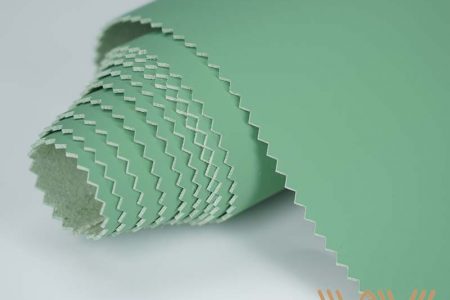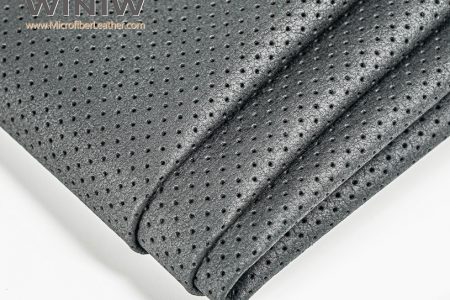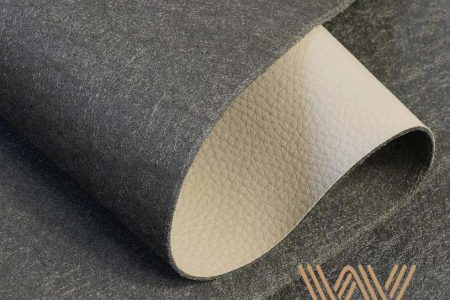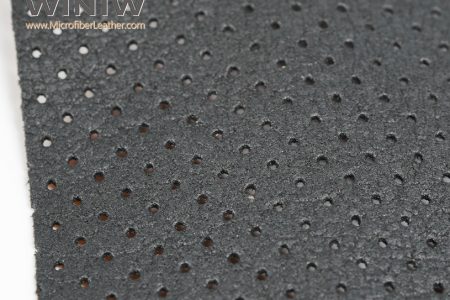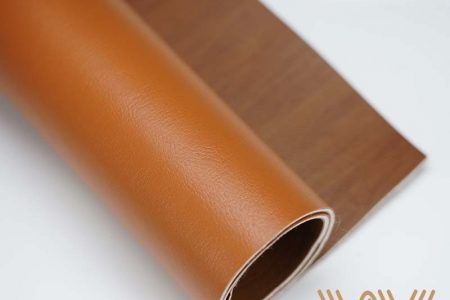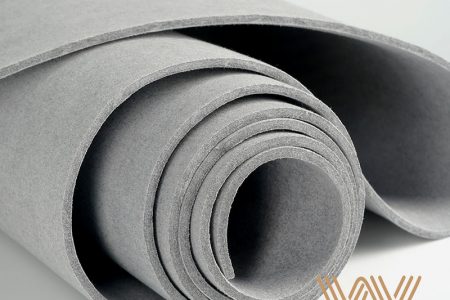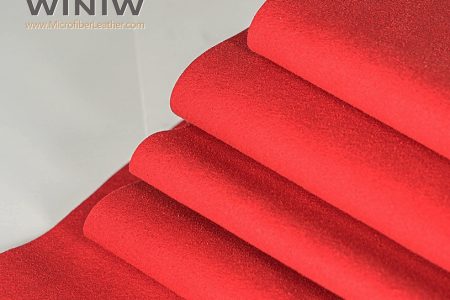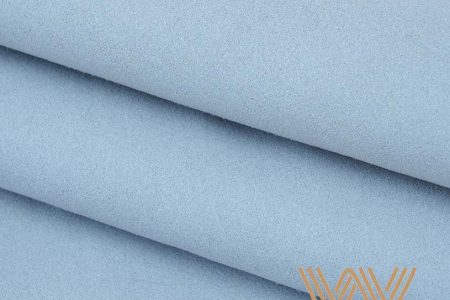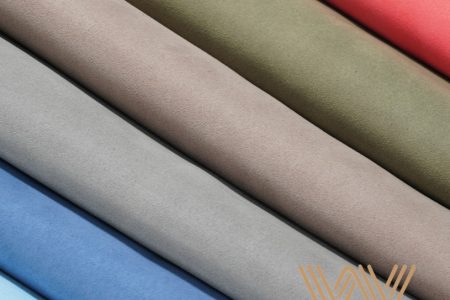Well-loved leather furniture, shoes, and clothes can start to show their wear over time. Dirt, tears, and even faded patches can make your once-favorite leather pieces start to look a little tattered and worn—which is where leather restoration comes in. Unlike other materials, leather requires a special touch, especially when the material is particularly lackluster. Ahead, we talked to a leather professional to learn how to restore leather goods to their former glory.
Signs of Wear and Tear
Genuine leather is a natural material and, like our own skin, has a specific way of telling us that it needs some help, says Jesse Johnstone, the president of Fib renew. “These signs can include fading from exposure to excessive sunlight over time,” he says. “That same sunlight may lead to cracking or peeling of the material.” Similar to how friction or excessive rubbing of the skin causes irritation and blistering, everyday wear and tear can break down the structural integrity and visual characteristics of leather. “In this scenario, you may see tearing or ripping occur,” he notes.
Bringing Leather Back to Life
When it comes to tackling DIY repairs on leather furniture, Johnstone says it’s best to first determine if your furniture is in fact damaged (look for rips, holes, and significant fading) or if it simply needs cleaning and protecting (check the piece for staining and minor discoloration). “If you determine that your leather is damaged, it’s best to call in the pros to properly restore it,” he explains. “If you determine that your leather just needs to be cleaned and protected, it may be a candidate for a DIY project using the proper products and techniques.” Johnstone say to steer clear of old wives’ tale remedies involving olive oil, shoe polish, or vinegar and water; these ingredients can cause even more damage to furniture, but also shoes, bags, and other leather accessories. Instead, he suggests establishing a regular cleaning and protecting cadence for every four to six months and using a tried-and-true leather cleaning solution. Following the care instructions on both your leather piece and the cleaning solution can both prolong the life of your leather and help keep it looking like new for longer.
If you’re going to purchase a kit for cleaning leather, however, make sure to vet it thoroughly. Kits should be color specific (you wouldn’t use the same solution on a cognac-colored leather couch as you would on a dark mahogany one) and all the cleaning products inside them should be made with mild chemicals or cleaning agents. When working with these formulas, use a non-abrasive cloth or applicator.
Professional Help
Johnstone adamantly advises against attempting a full-blown leather restoration project on your own—some things really are best left to the pros, he says. “There are DIY kits available online that promise like-new results on damaged leather—but when is the last time you saw a perfect facelift performed by your gardener?” he says. “Joking aside, leather restoration is a skilled trade that requires proper training, products, and know-how.” It is also an investment, which is why Johnstone notes that proper care, maintenance, and restoration (at the hands of an expert) are key to expanding every piece’s lifespan.

